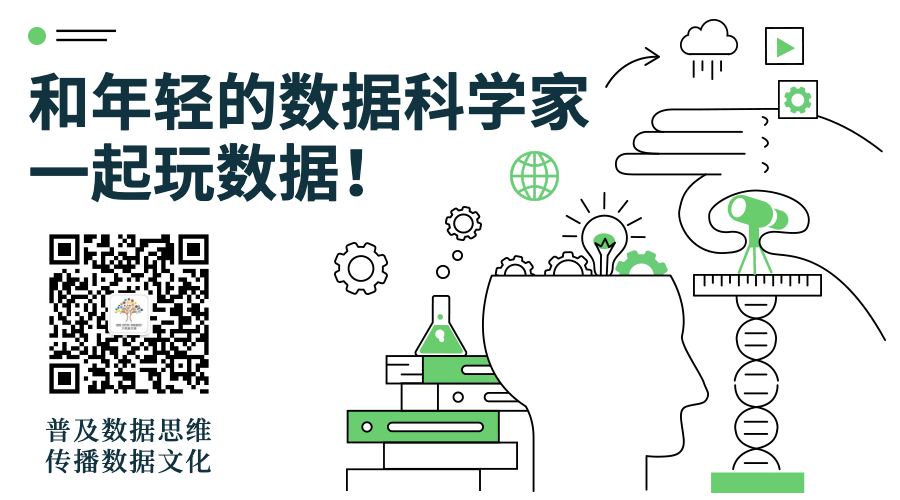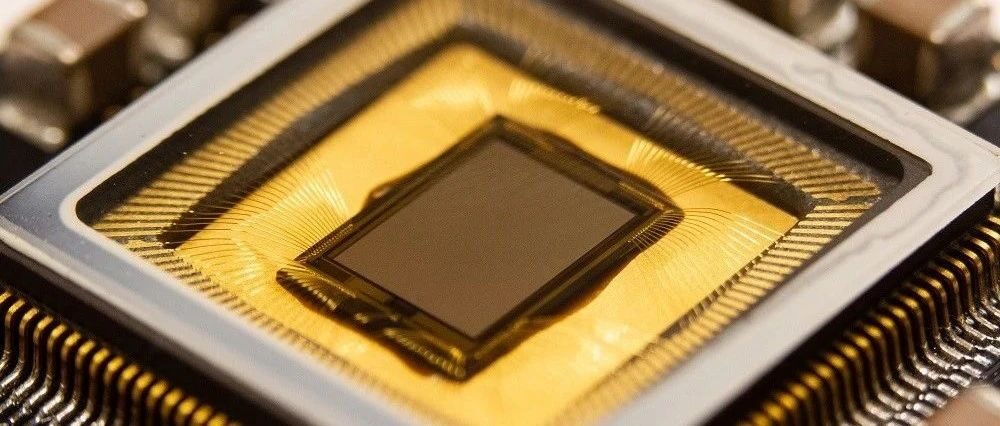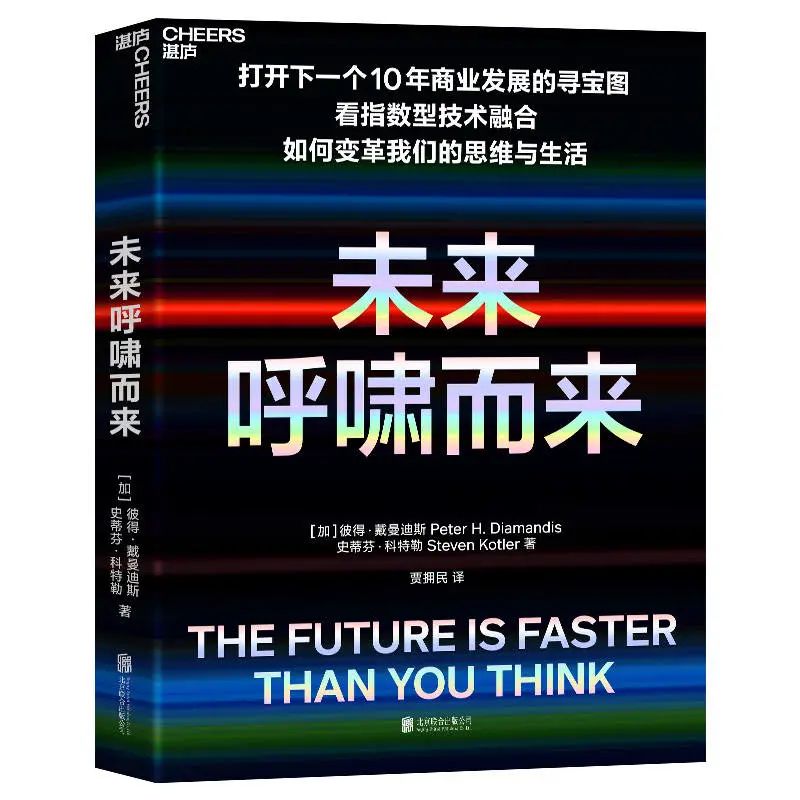Skip to content
Produced by Big Data Digest
In 2014, at an infectious disease laboratory in Finland, health researcher Petteri Lahtela discovered something strange; he suddenly realized that many of the conditions he was studying overlapped. For example, while examining diseases that doctors believed were unrelated, such as Lyme disease, heart disease, and diabetes, he found that all these diseases negatively affected sleep.
This raised a causal question: Did all these diseases lead to sleep problems, or conversely, could improving sleep cure these diseases or at least alleviate their symptoms? More importantly, how could these diseases be treated more effectively?
Lahtela realized that to solve these puzzles, he needed relevant data—lots of it. In the process of collecting this information, he quickly recognized that he could leverage a recent technological breakthrough. In 2015, driven by advancements in smartphone technology, small yet powerful batteries began to merge with small yet robust sensors. In fact, he realized that due to their small size and powerful functionality, it was entirely possible to build a new type of sleep tracker.
Any electronic device that can measure a physical quantity (such as light, acceleration, or temperature) and send that information to other devices on the network can be considered a sensor. The sensor Lahtela was considering was a new type of heart rate monitor. A great way to track sleep is by monitoring heart rate and heart rate variability. Although there are many such trackers on the market, they are problematic “old models.” For example, fitness bands and the Apple Watch measure blood flow at the wrist using an optical sensor. However, the arteries in the wrist are located quite deep beneath the skin’s surface, making it impossible to measure blood flow perfectly, and people typically do not wear watches while sleeping—this affects the sleep measurements they were designed to capture.
What Lahtela invented was an upgraded version of this smartwatch, called the “Oura Ring.” This ring features a smooth black titanium band and is equipped with three sensors that can track and calculate ten different body signals, making it the most accurate sleep tracker on the market. The position of wear and the sampling rate are its secret weapons. Since the arteries in the fingers are closer to the skin’s surface than those in the wrist, the Oura Ring can better understand the heart’s condition. Additionally, while the Apple Watch and Garamond can measure blood flow only twice per second, and fitness bands can measure up to 12 times, the Oura Ring can measure 250 times per second. In studies conducted in independent laboratories, the combination of better imaging quality and higher sampling rates resulted in the Oura Ring achieving an accuracy rate of 99% compared to medical-grade heart rate trackers, with an accuracy of 98% for heart rate variability.
Twenty years ago, such precise sensors would have cost millions of dollars and needed to be installed in a fairly large room. The Oura Ring, however, retails for about $300 and can be worn directly on the finger, demonstrating the exponential growth of sensor technology. The most significant result of sensor development is what is commonly referred to as the “Internet of Things” (IoT), a global network of interconnected smart devices. To better understand how far we have come, it is essential to review the evolution of this revolution.
In 1989, inventor John Romkey connected a toaster to the internet, making it the first IoT device. A decade later, sociologist Neil Gross observed this trend and published a famous prediction in Business Week: “In the next century, the entire Earth will be covered with a layer of electronic skin. The Earth will use the internet as a scaffold to support and disseminate its senses. Now, this skin is being stitched together. It consists of millions of embedded electronic measuring devices: thermostats, pressure gauges, pollution detectors, cameras, microphones, glucose sensors, ECG machines, EEG machines, etc. They will monitor cities and endangered species, the atmosphere, ships, highways, and truck fleets, as well as our conversations, our bodies, and even our dreams.”
Gross’s prediction has come true. By 2009, the number of devices connected to the internet exceeded the total population of the Earth (12.5 billion devices, 6.8 billion people, or 1.84 connected devices per person). A year later, driven by advancements in smartphone technology, sensor prices began to plummet. By 2015, the total number of devices connected to the internet reached 15 billion. Most of these devices contain multiple sensors; for example, an average smartphone has about 20 sensors. This also explains why by 2020, what is commonly referred to as “our trillion-sensor world” will officially arrive.
We certainly won’t stop there. Researchers at Stanford University estimate that by 2030, there will be 500 billion connected devices (each with dozens of sensors). According to research by Accenture, the economic value contained within these devices will reach $14.2 trillion. Hidden behind these numbers is Gross’s idea: that is the “electronic skin” that records almost every sensation on Earth.
Take optical sensors as an example. Kodak engineer Steven Sasson invented the first digital camera in 1976, which was the size of an oven and could take 12 black-and-white photos, costing over $10,000. Today, the cameras in ordinary smartphones are thousands of times better in weight, cost, and resolution than Sasson’s digital camera. These cameras are everywhere: in cars, drones, smartphones, and satellites, and they offer almost “spooky” image resolution. Satellite images of Earth have achieved precision down to half a meter. Drones have further shrunk to one centimeter. The LiDAR sensors on self-driving cars can capture almost everything, collecting 1.3 million data points every second and recording changes at the level of single photons.
With optical sensors, we see a triple trend: decreasing size and cost, while performance increases dramatically. The first commercial GPS was launched in 1981, weighing 24 kilograms and costing $119,900. By 2010, the price of commercial GPS had dropped to $5, and its size was small enough to fit on your finger. A good example is the early rocket-guided “inertial measurement unit,” which weighed 23 kilograms and cost $20 million in the mid-1960s. Today, the accelerometer and gyroscope in your phone do the same job but only cost $4 and weigh less than a grain of rice.
These trends will certainly continue. We are moving from the microscopic world to the nanoscale world. This progress has led to the emergence of smart clothing, smart jewelry, and smart glasses, with the Oura Ring mentioned earlier being a prime example. Soon, these sensors will enter the human body. Take “smart dust” as an example; it is a system the size of a dust particle that can sense, store, and transmit data. Today, a piece of “smart dust” is about the size of an apple seed. In the future, nanoscale smart particles will float in our blood, collecting data and exploring the interior of the human body—one of the last unknown frontiers of science.
Without a doubt, we will learn more about the internal body and everything external. This is a massive shift. The amount of data pouring from these sensors is sometimes so large that it is almost incomprehensible. A self-driving car generates 4 TB of data daily, equivalent to the information contained in 1,000 movies; a commercial airliner generates 40 TB of information daily; and a smart factory generates PB-level information.
So what will this data bring us? A lot, a lot.
Doctors will no longer need to rely on annual check-ups to track patients’ health, as they will now receive vast amounts of quantified data 24 hours a day, seven days a week.
Farmers will always know the moisture content in the soil and sky, allowing them to irrigate precisely, grow healthier crops, achieve greater yields, and save significant amounts of water (water waste is a major factor in global warming).
In business, being agile in the face of opportunities and quick to act is the greatest advantage in a rapidly changing era. While knowing all information about customers may raise concerning privacy issues, it indeed provides organizations with incredible flexibility, which may be the only way to survive in this accelerating age.
And this is all still accelerating. Within ten years, we will live in a world where almost everything that can be measured will be continuously measured. It will be an extremely transparent world. From the edge of space to the depths of the ocean, and to the inside of your body, our electronic skin is forming a sensory hub of infinitely available information. Whether you like it or not, we are already living on a “hyper-aware” planet.
This article is excerpted from the book “The Future Is Faster Than You Think.”

People who click “View” have become more attractive!







